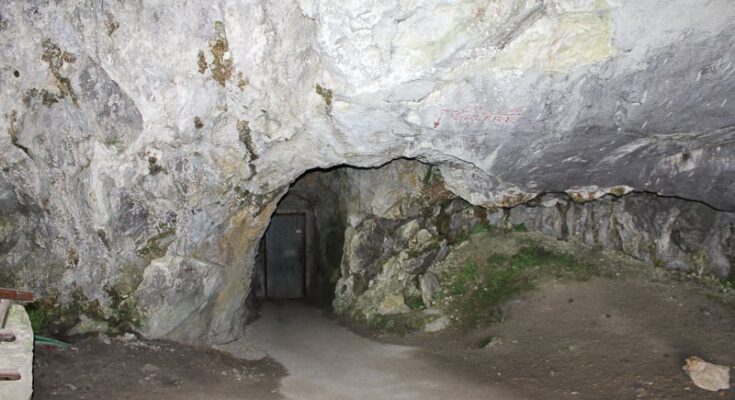A team of Australian and Indonesian scientists have discovered the oldest figurative cave art in Indonesia, believed to be more than 50,000 years old.
The rock art cave in Indonesia
The painting of a wild pig and three human-like beings is at least 51,200 years old, which is more than 5,000 years older than the oldest cave art previously known. The discovery reverses the clock on when modern humans were first capable of creative thought.
A cave painting of human-like figures interacting with a wild pig in Sulawesi, Indonesia, is dated to at least 51,200 years ago, which makes it potentially the earliest narrative cave art reported to date, according to a paper published in @Nature. pic.twitter.com/uUXert19tQ
— Nature Portfolio (@NaturePortfolio) July 4, 2024
Professor Maxime Aubert from Griffith University in Australia told BBC News that the discovery would change the playing field when it comes to human evolution. “The painting tells a complex story. It is the oldest evidence we have for storytelling. It shows that humans at the time had the capacity to think in abstract terms,” he said.
In the painting, a pig is standing still with its mouth partly open next to three human figures. The largest human has both arms extended and seems to be holding a staff. The second is right in front of the pig with its head close to the snout. It also appears to be wielding a rod, one end of which may be touching the pig’s throat.
The final figure appears to be upside down with its legs facing up and spread out, and it has one hand stretched out and touching the pig’s head. The team of researchers was led by Adhi Agus Oktaviana, a rock/cave art specialist from Indonesia, working for the National Research and Innovation Agency (BRIN) in Jakarta. He said that narrative storytelling was a crucial part of early human culture in Indonesia from a very early point in time, as per BBC News.
“Humans have probably been telling stories for much longer than 51,200 years, but as words do not fossilize we can only go by indirect proxies like depictions of scenes in art – and the Sulawesi art is now the oldest such evidence by far that is known to archaeology,” he said.
Ancient drawing
The earliest evidence for the activity of drawing was found on rocks in the Blombos Cave in southern Africa and dates back to between 75,000 to 100,000 years ago. These sketches comprise geometric patterns.
The new painting discovery, found in the limestone cave of Leang Karampuang in the Maros-Pangkep region of South Sulawesi, Indonesia, conveys representational art—an abstract depiction of the world around the person or people that produced it.
Thus, it conveys an evolution in the though processes of human beings that gave rise to art and science. The point of interest is around what brought on this awakening of the human mind, as per Dr. Henry Gee, a senior editor at the journal Nature, where the study was published.
“Something seems to have happened around 50,000 years ago, shortly after which all other species of human such as Neanderthals and the so-called Hobbit died out,” he said.
“It is very romantic to think that at some point in that time something happened in the human brain, but I think it is more likely that there are even earlier examples of representational art,” Gee said in speaking to BBC News.



